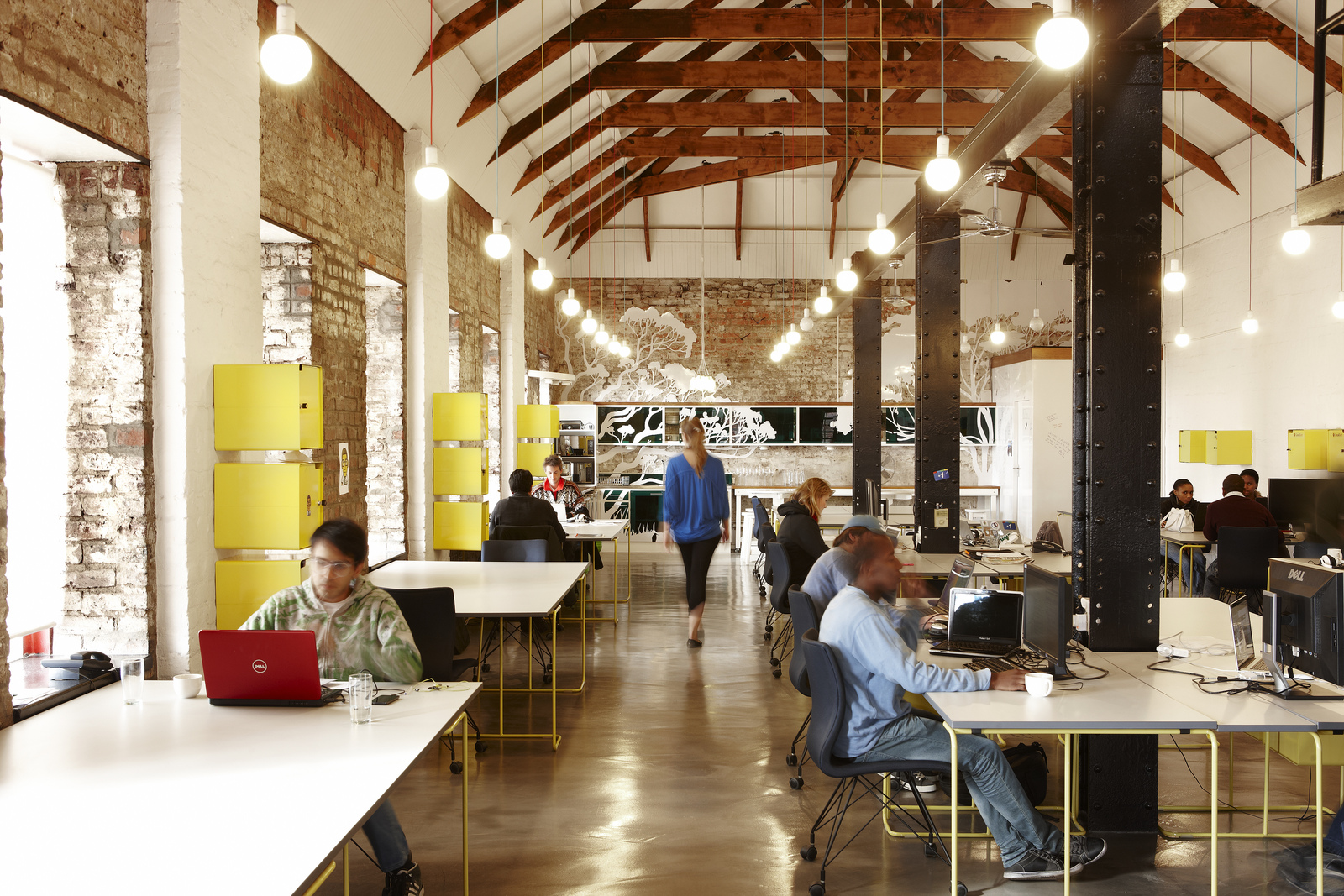Ever notice your members restless and distracted after lunch or early in the afternoon? Does your community manager notice mindless typing, distracted members, many getting up and sitting down and then getting up again?
Though many a time internal factors such as lack of sleep or overeating lead to this kind of behavior, truth is that environmental factors also contribute to them. Which is why it’s important for your workspace to be inviting and encouraging.
Think of it this way: when you’re in a room that’s too hot or too cold, that is noisy, and has bright colors you can’t sleep well – you don’t feel rested. Well, same goes for the workspace; the same factors in a room that can influence or deter sleep can also drive or deter productivity.
Even if you use the best productivity apps available out there, you can’t ignore the importance of having a well-balanced and effective environment. Below, you will find some tips on how to create the right environment that will drive members’ productivity in your workspace.
A Suitable Temperature
There’s no such thing as a perfect temperature. For some, 70 degrees (21 C) might be the magic number, but for others it might be 80 (26 C). You’ll need to play a bit with the numbers before you find your center’s sweet temperature spot, but you can start by guiding yourself according to some studies.
According to a research study conducted by Men’s Health, workers thrive the most in temperatures anywhere between 71 to 77 degrees (21 – 25 C). Another study, conducted by The University of Cornell, suggests that any temperature below 68 degrees (20 C) in offices was responsible for increased work errors. Additionally, when temperatures rose to adjustable levels, many typing errors were considerably reduced to approximately 44 percent and typing output to 150 percent.
Noise Management
Noise has been one of the main factors that discourages some from working in open spaces. Though no one expects a fully quiet workspace, overly noisy spaces can lead to workers feeling drained and unmotivated.
While noise cancelling earphones or headphones might just do the trick, there are ways in which you as an operator can reduce noise levels in your workspace.
Certain construction and furniture materials (sound absorbents) can help reduce the bounce of sound waves; think acoustical tiles and foam. Similarly, certain types of plants can also help with sound absorption and refraction. When placed in strategic places, plants can help minimize noise levels. You can read more about plants and noise management here.
Workplace Comfort
Though workers have become more mobile and wellness aware, fact remains that most workers spend a good chunk of their day sitting down. More often than not, the sitting posture many adopt is poor, which can lead to poor quality work, as well as health risks.
As a workspace operator, it’s up to you to pick furniture that is comfortable and encourages workers to adopt the right posture. This can be done through ergonomic furniture or standing desks or simply by providing comfortable chairs that are height adjustable and comfortable enough for people to sit on them for long periods of time.
Picking the Right Color
Several experts are of the view that color can influence an individual’s mood. The overall color scheme in offices- including wall color, office furniture, and floor color – has an effect on members’ mood and productivity.
When designing your workspace, keep the following color associations in mind:
- Yellow: Stimulating and soothing effects.
- Red: Arousing, fierce and aggressive effect.
- White: Serene and soothing with neutral and balanced effects.
You don’t have to stick to one color, you can mix and match and paint different areas of your workspace in different colors. Meeting rooms can be of a different color than open spaces, the kitchen and breakroom area can be painted differently than the reception area.
Before deciding on any color, you need to establish the purpose of each area and each room.
Lighting and Glare
When it comes to lighting, the best option is to opt for LED or natural light, as they have been associated with better worker performance and also produce less strain in the eyes. Additionally, these types of lighting can also help reduce electricity costs and help keep the right temperature in the workspace, as fluorescent bulbs tend to overheat and cost (in the long run) more.
Author Bio:
Sadia Suhail is a serial content marketer, who is passionate about Inbound marketing, SEO, CRO, Email marketing and Ecommerce. She is a writer at Mobiwoz.com
Image via Urban Station Chile


 Dr. Gleb Tsipursky – The Office Whisperer
Dr. Gleb Tsipursky – The Office Whisperer Nirit Cohen – WorkFutures
Nirit Cohen – WorkFutures Angela Howard – Culture Expert
Angela Howard – Culture Expert Drew Jones – Design & Innovation
Drew Jones – Design & Innovation Jonathan Price – CRE & Flex Expert
Jonathan Price – CRE & Flex Expert












